Deleting Overcast
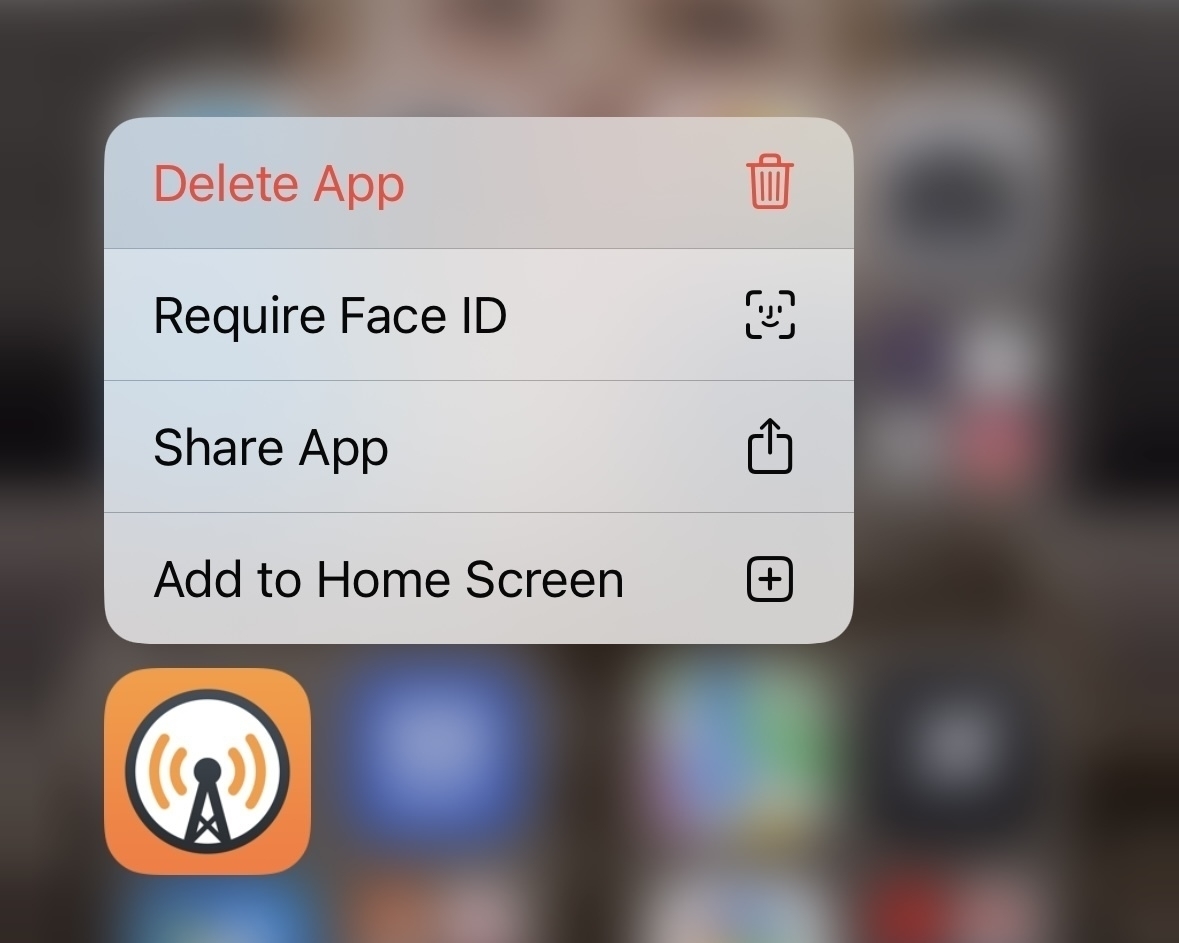
I lost a friend in software today as I delete Overcast from my iPhone. A ten year relationship ended because life’s too short to use annoying apps.
For software that I’ll often use a lot, on most days, the developer changed so many fundamental ways the app worked that it went from an app I loved dearly for a decade to the most annoying thing on my phone.
Enacting sleep mode, something I’d do as I drearily fall asleep in a hotel room away from my family had been buried away.
Streaming, something I didn’t realise I used that much, because really annoying. Streaming barely worked before the upgrade - if I was sent an Overcast episode listen link from a friend it would almost never play on first try - but then to lose the feature was really annoying.
It became an exercise in re-learning how to walk, but I’d never had an accident, I was just subjected to an updated and poorer experience.
Plus iOS 18’s beta cycle hasn’t been kind to Overcast either, which is totally my cross to carry, but it’s still impacted the upgraded use experience.
So I had to decide whether the Overcast audio engine was worth staying for, and decided I could live without. (Tim Apple: please feel free to buy Overcast and integrate the audio engine into Apple Podcasts.)
So little did I know that Apple Podcasts has actually gotten a lot better recently.
The podcast transcription is a feature I really like, and anyone I share podcast links with and from uses Apple Podcasts so shareability of podcasts is so much easier as is clicking links from podcast websites.
Every podcast website has an Apple Podcasts link, none have an Overcast link.
Before the Overcast update it was a fringe decision to be on a third party podcast app. After the update it was a liability.
Life’s too short to be confusedly thumbing through podcast apps trying to figure it all out again.
Why blog about it? Because I can’t review about it.
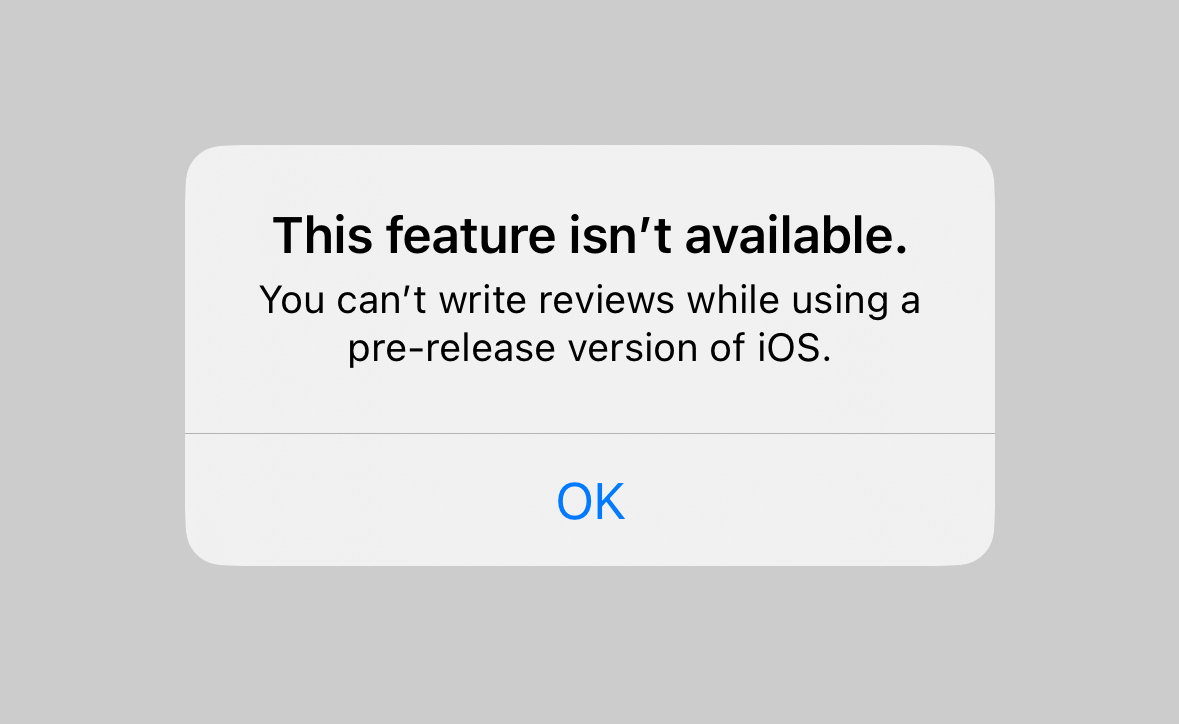
I’m a Remarkable tablet user and was excited to see what they launched today but I’m out of the live stream already. Colour e-ink and a bigger screen aren’t on my list of desired changes.
Better, much better, Remarkably better, software is needed.
Anyway, how cute is it watching every tech founder today wanna be Steve Jobs.
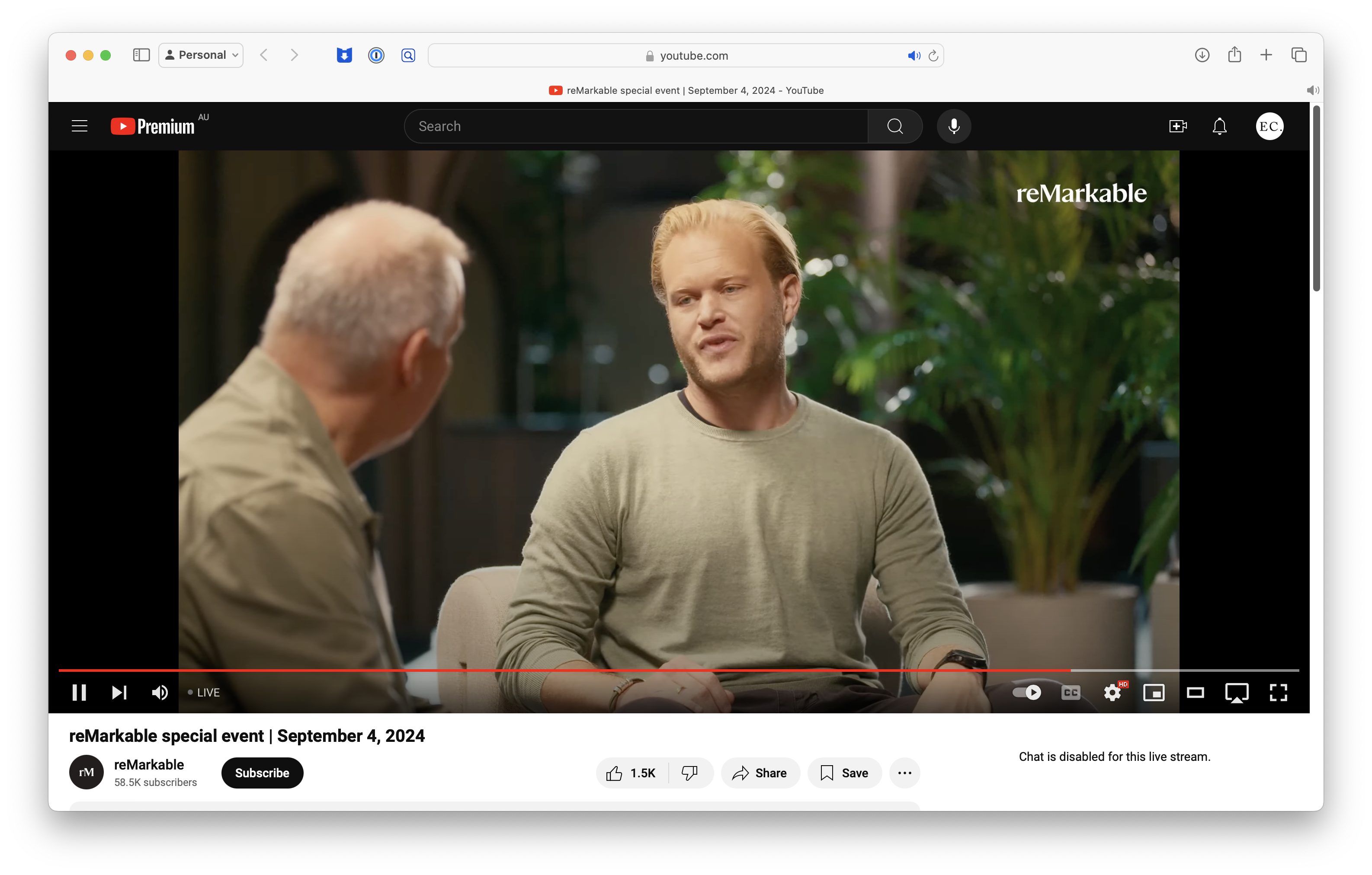
Took an early morning photo walk around the host city for the 2032 Olympics, Brisbane, and the new Star (casino name TBC probably if the regulators do their job) casino.
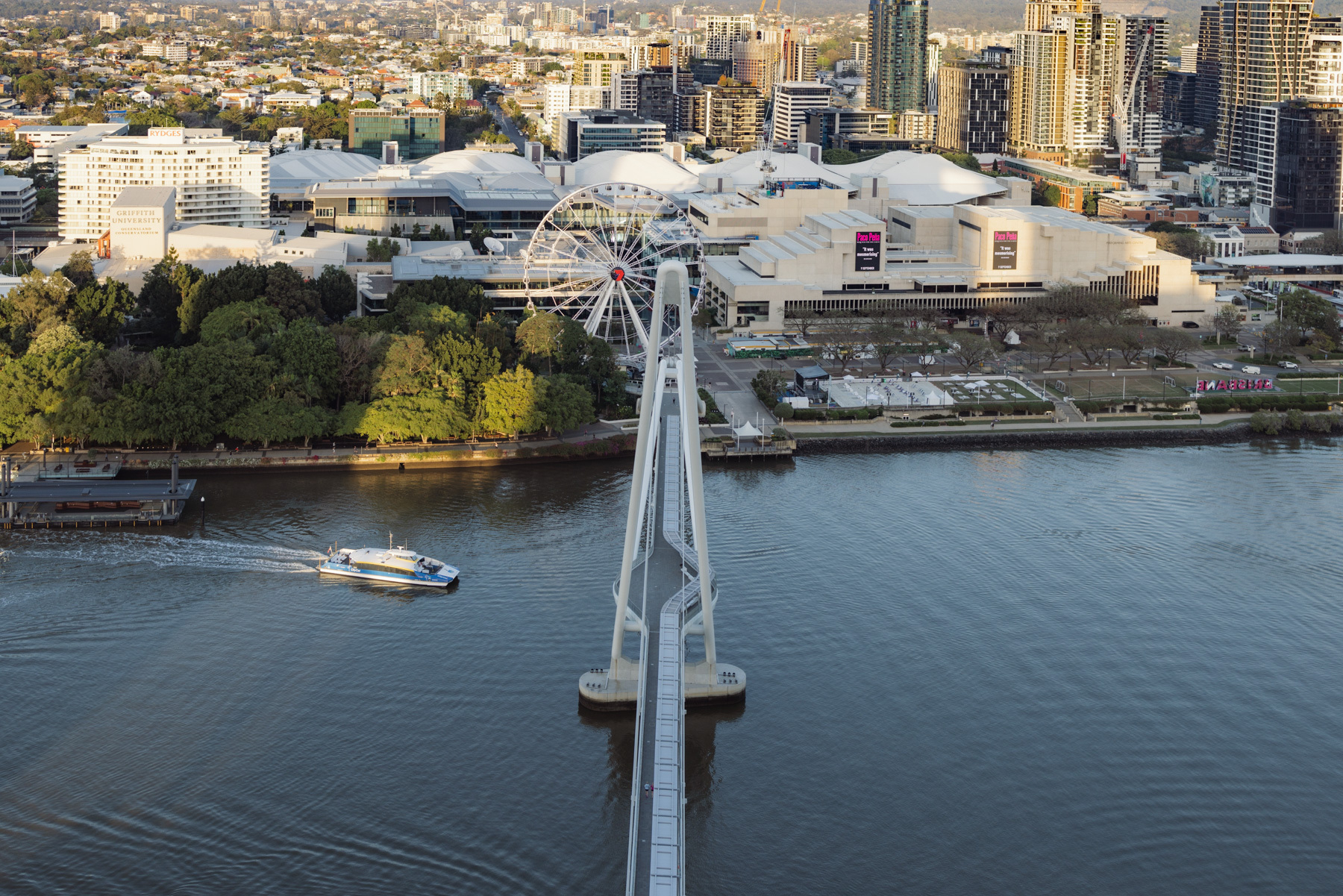
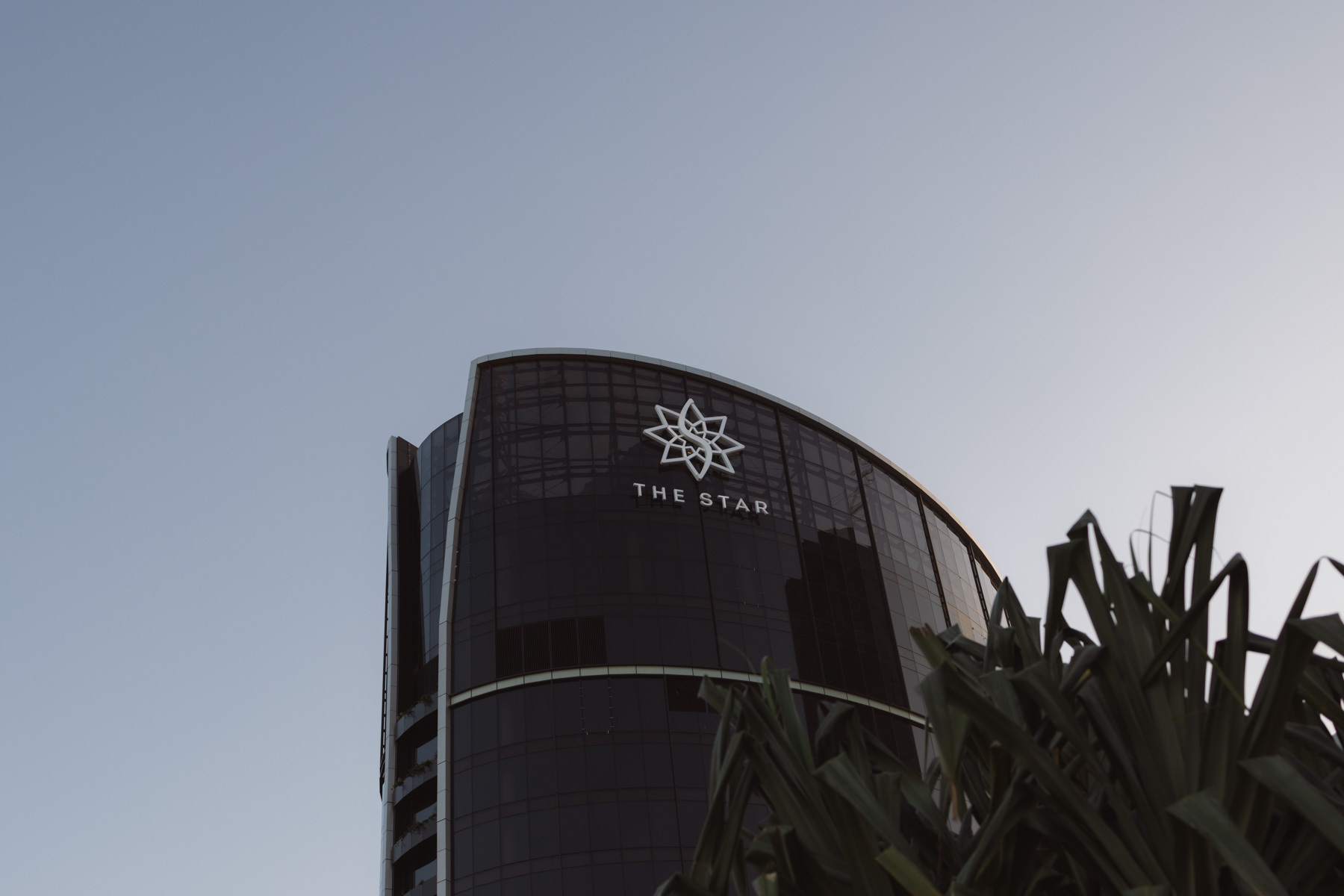
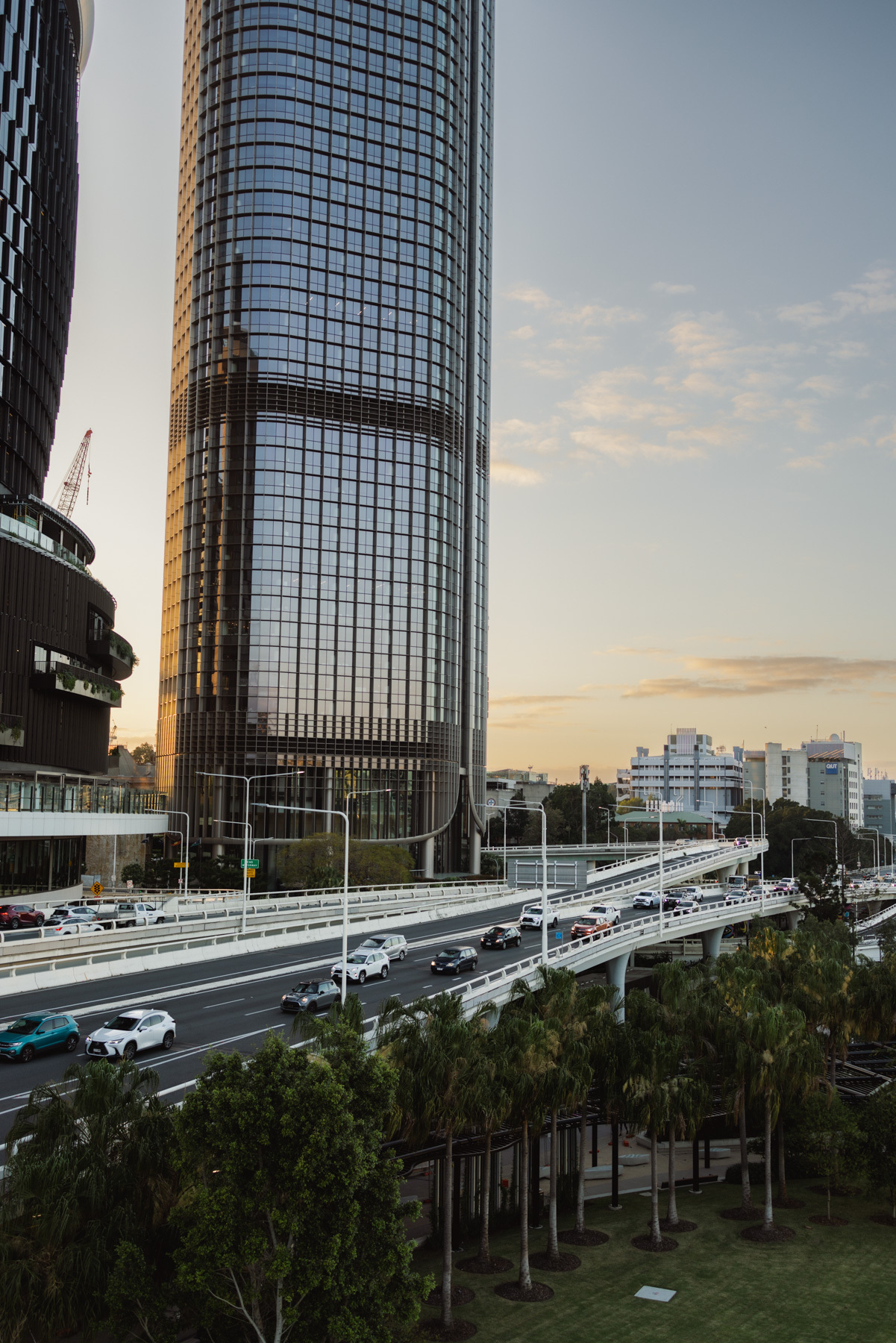
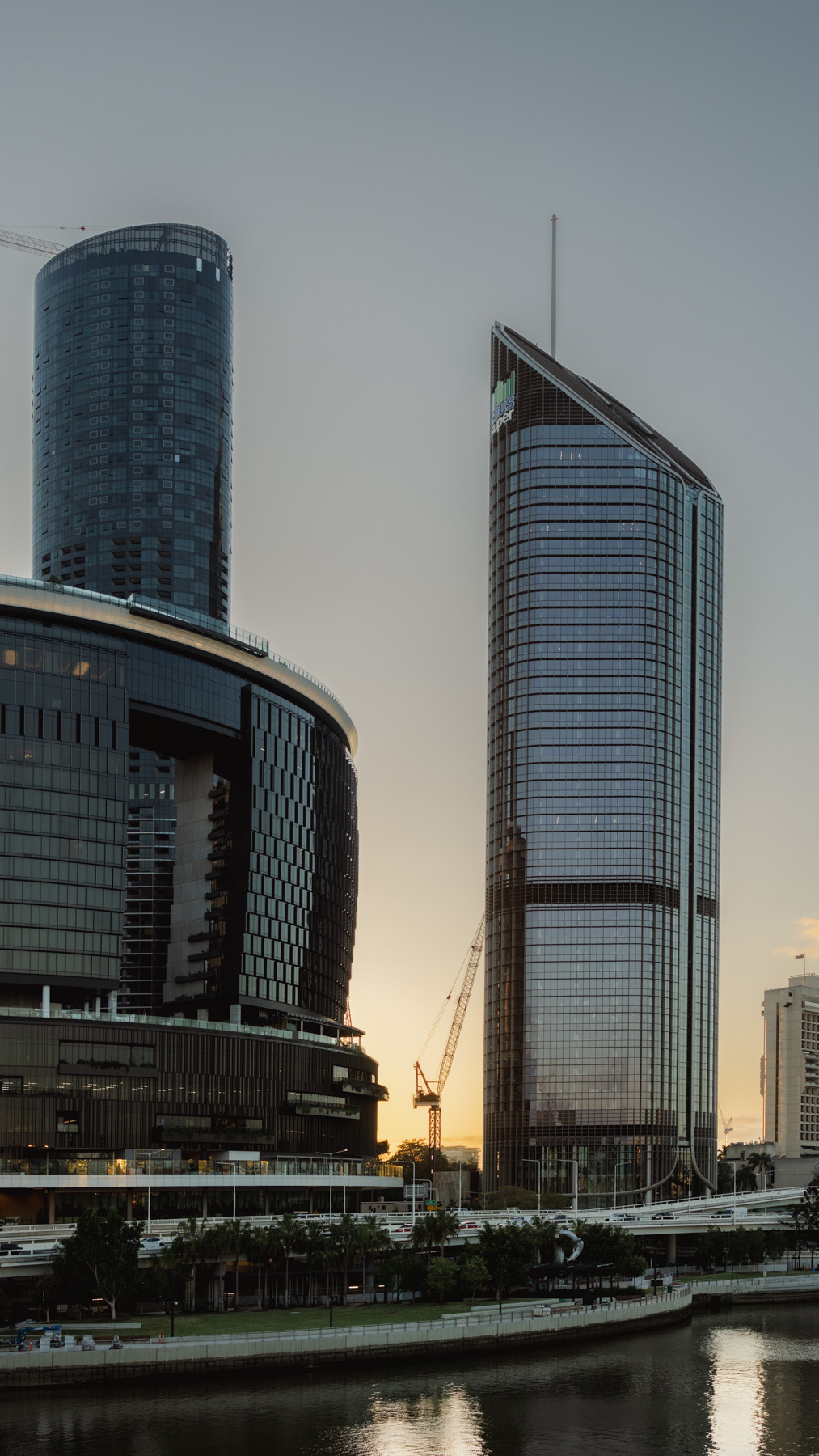
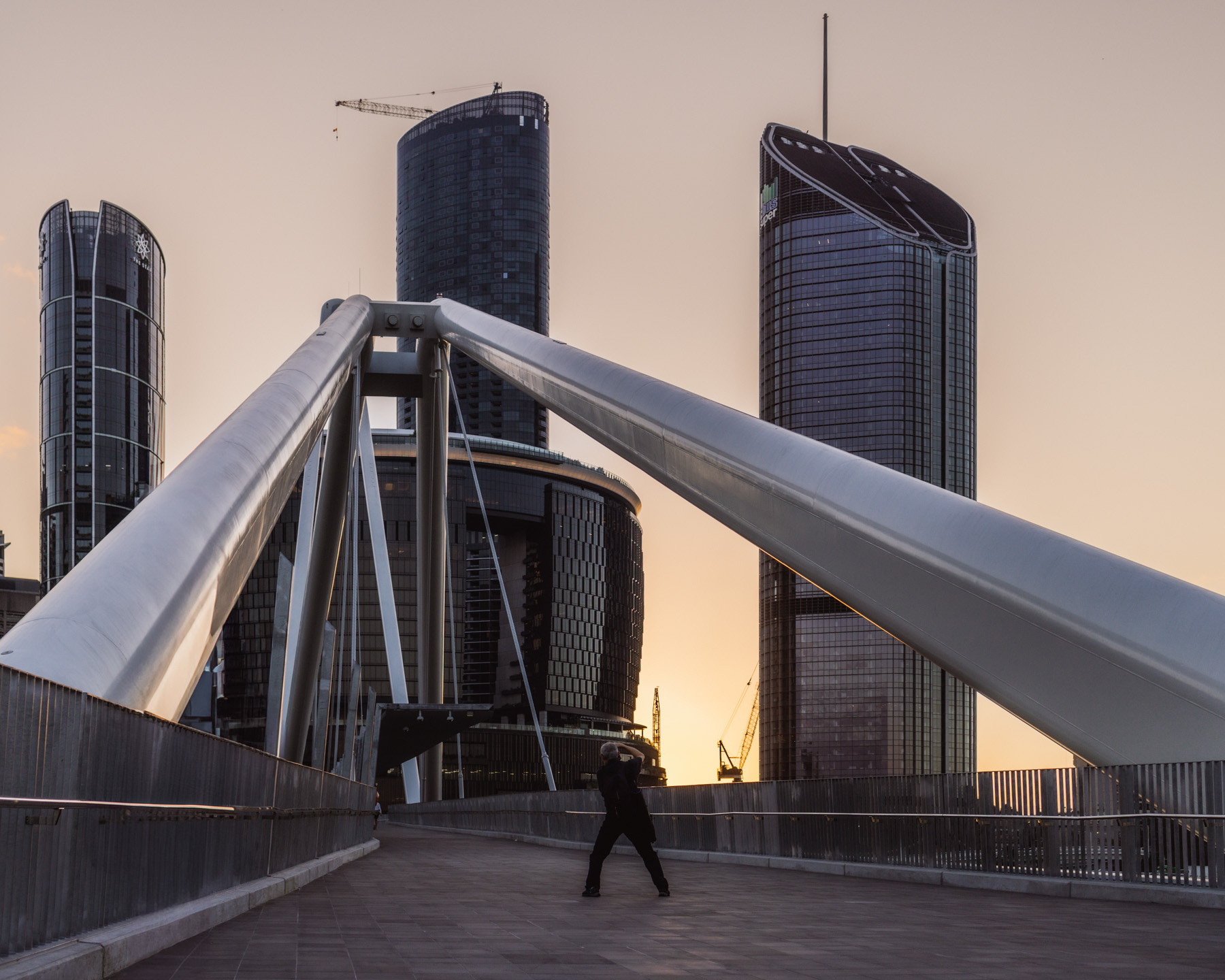
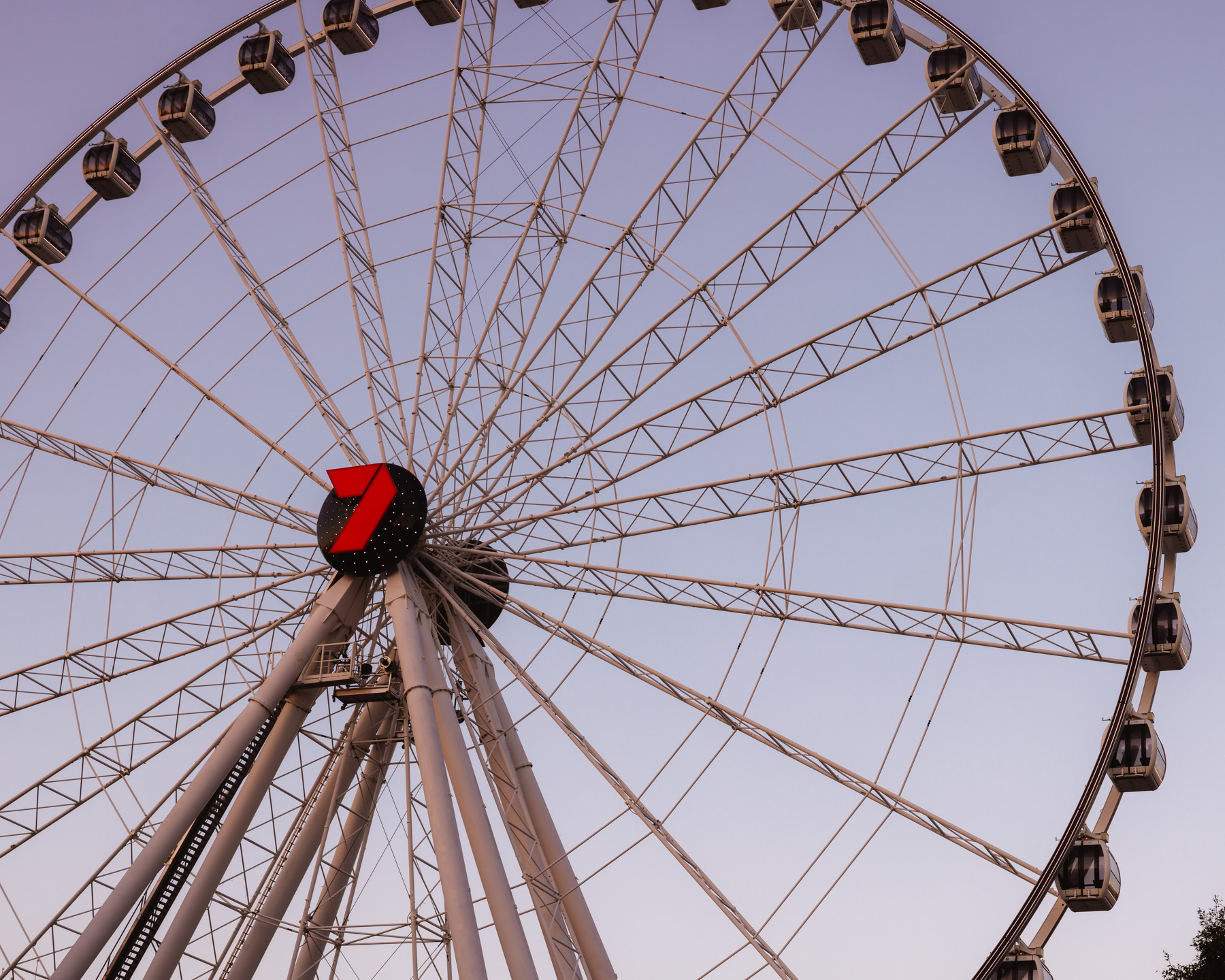
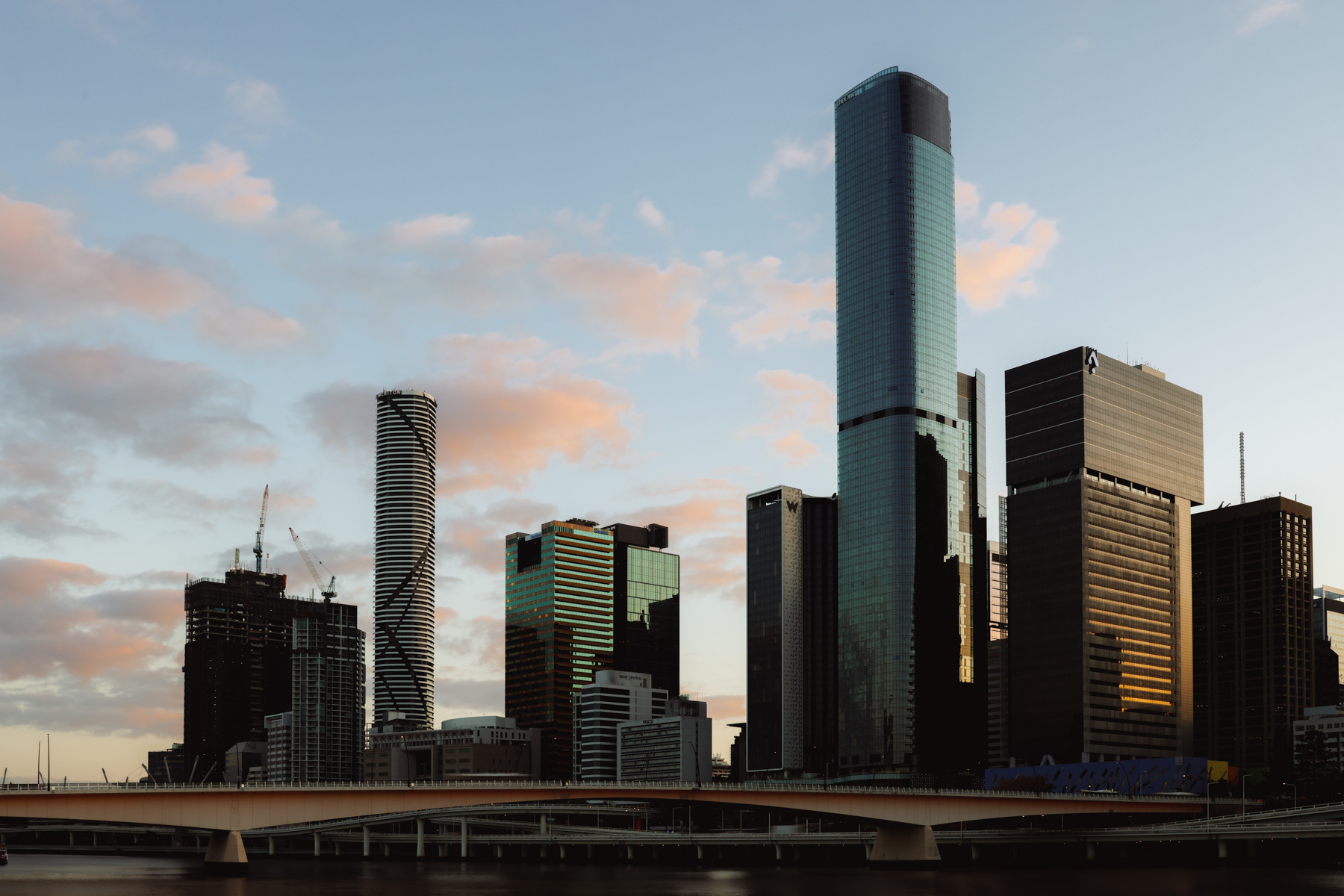
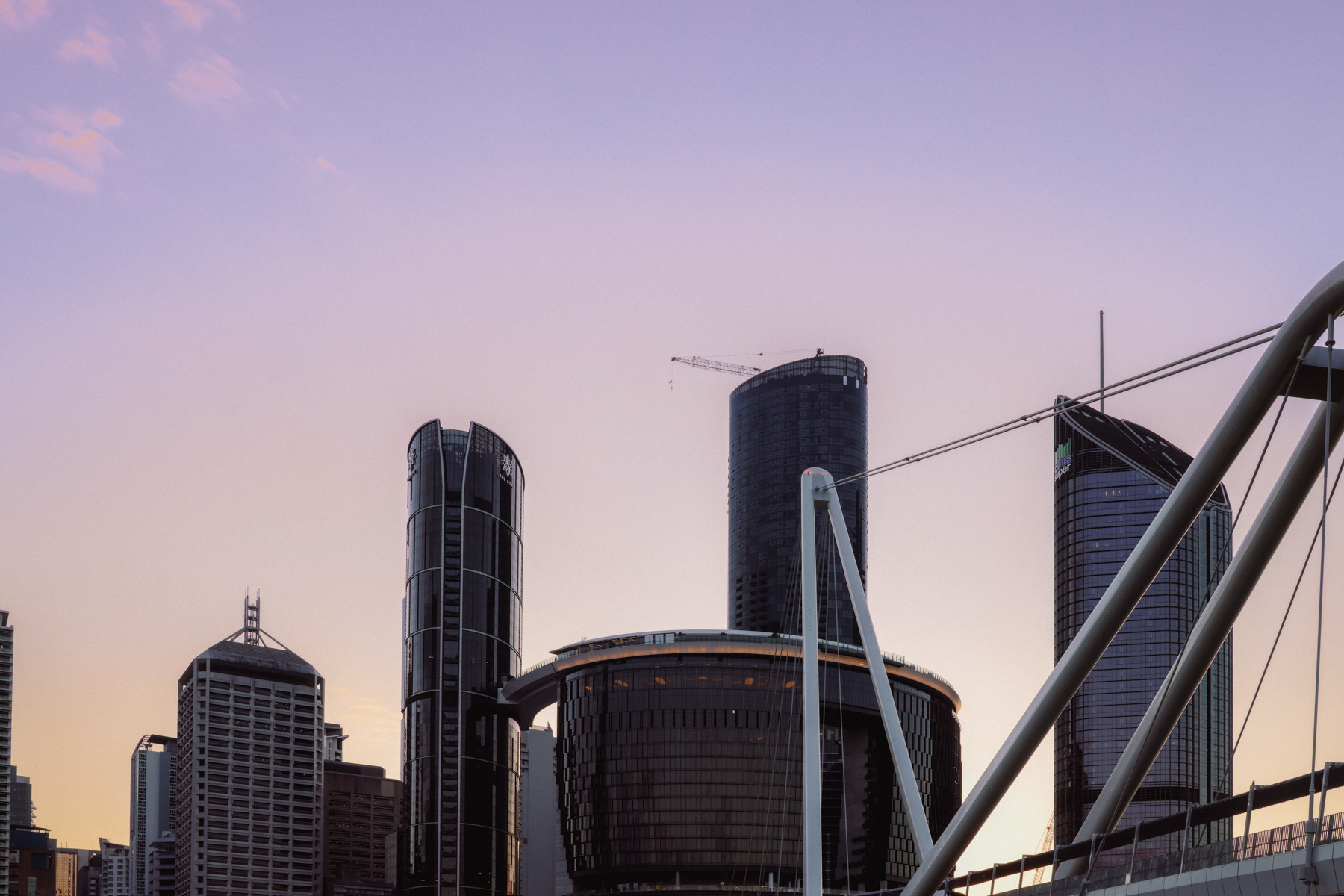
Brisbane’s looking nice tonight
I’ve got a genuine interest inst in the new Pixel phones. Genuinely curiosity if they’d feel nice in hand, how the UI feels, how it works. Maybe they’re a real competitor to the iPhone.
But sampling the product is nigh impossible. They’re on display in shops but covered in security accessories that stop you from folding the folding phone or holding it in hand, plus this one in particular set the alarm off if it was picked up.
I wonder what the cost of loss of sales is compared to stock loss due to theft? Also, it sucks that we live in a world now where theft is so common.
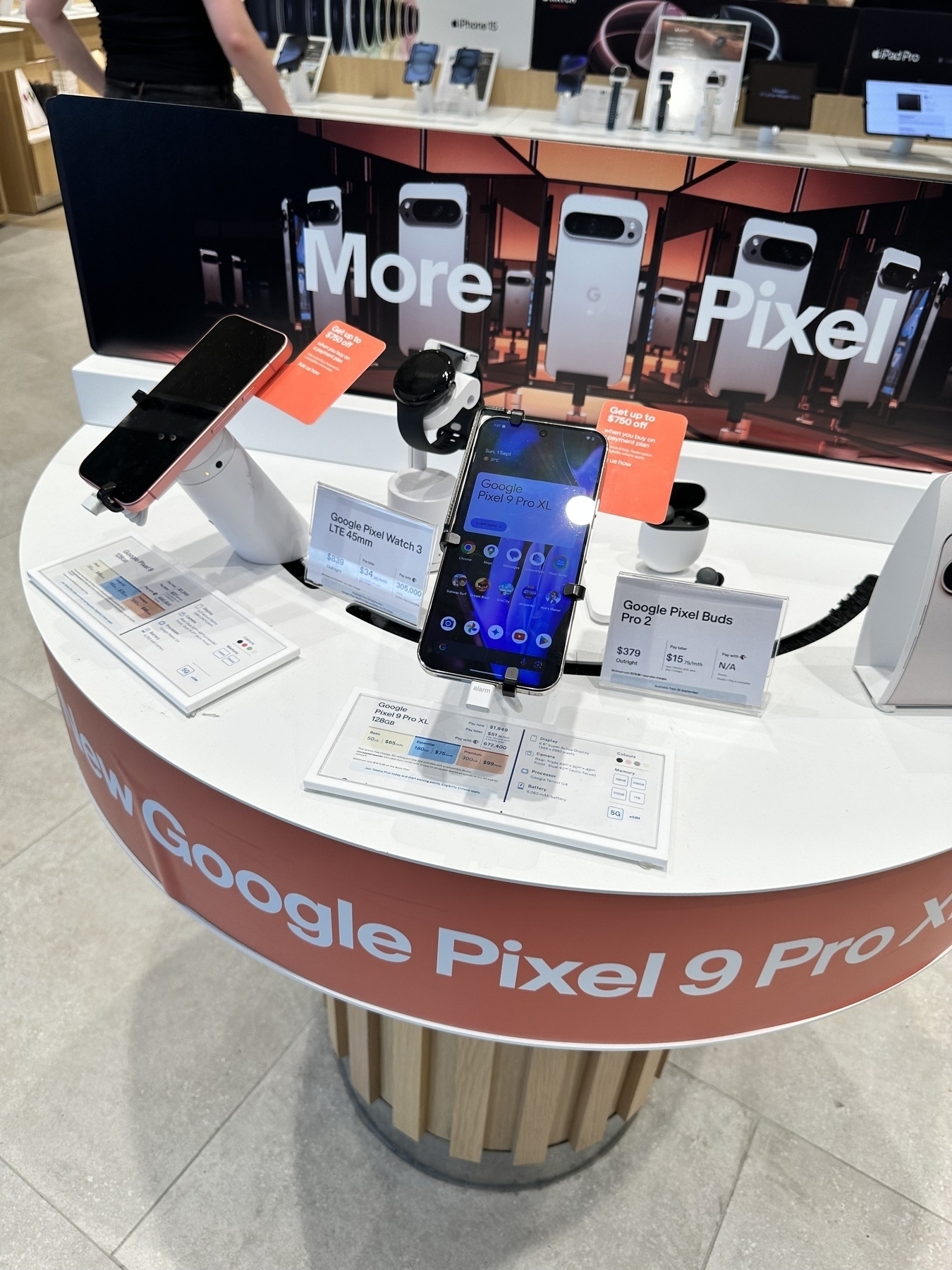
If you actually get Oasis tickets today, start planning emotionally for the excruciating wait for them to play Wonderwall as they walk off stage for the 20th time as everyone starts chanting encore once again.
Hey Siri, define my last four years and five months in a reply by Nilay Patel
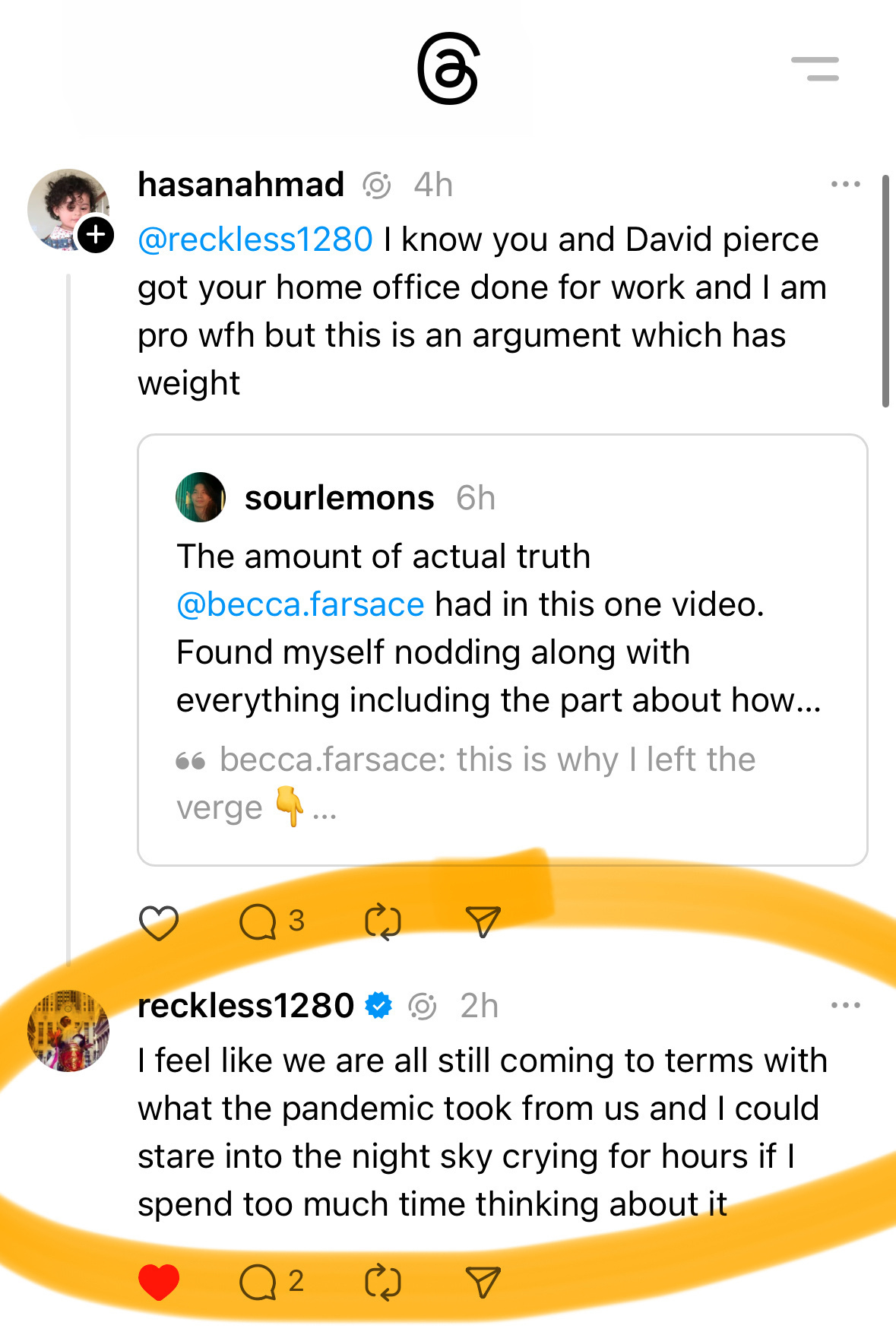
Am I an influencer now?
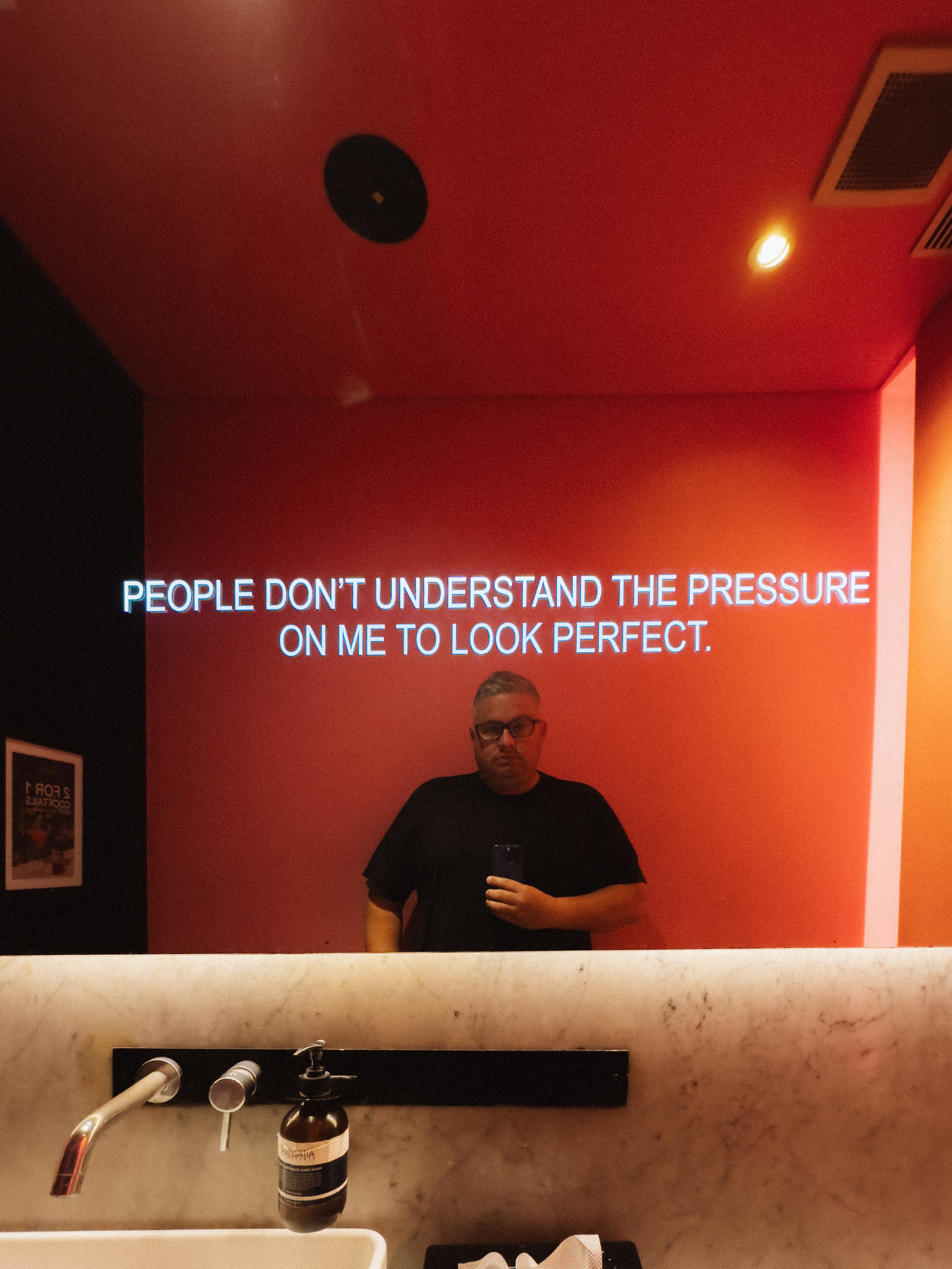
Wendell Berry’s thoughts on Technological progress
Josh Nadeau, aka Instagram’s @swordandpencil, shared these words in a story today and my boy @qldnick shared them with me, which is all to say I have intelligent and thoughtful friends and also that I can’t source the original quote. Regardless of those technicalities, I can’t stop thinking about.
Wendell Berry’s thoughts on technological progress:
But in general, apart from its own highly specialised standards of quantity and efficiency, “technological progress” has produced a social and ecological decline. Industrial war, except by the most fanatically narrow standards, is worse than war used to be. Industrial agriculture, except by the standards of quantity and mechanical efficiency, diminishes everything it affects.
Industrial workmanship is certainly worse than traditional workmanship, and is getting shoddier every day. After forty-odd years, the evidence is everywhere that television, far from proving a great tool of education, is a tool of stupefaction and disintegration. Industrial education has abandoned the old duty of passing on the cultural and intellectual inheritance in favor of baby-sitting and career preparation.
After several generations of “technological progress,” in fact, we have become a people who cannot think about anything important. How far down in the natural order do we have to go to find creatures who raise their young as indifferently as industrial humans now do? Even the English sparrows do not let loose into the streets young sparrows who have no notion of their identity or their adult responsibilities.
When else in history would you find “educated” people who know more about sports than about the history of their country, or uneducated people who do not know the stories of their families and communities?
What is a photo: Thinking about the Pixel 9 and my 1994 Packard Bell
My 1994 Packard Bell 486SX 25/33 isn’t that impressive thirty years on but it impressed me in the 90s because it had a the set of matching SVGA monitor and video card. Super VGA my dude. 800x600 pixels, and 24 bit colour, that’s 16,777,216 possible colours per pixel.
I hypothesised back then that if you wrote a program that simply randomised the colour of each of the 480,000 pixels you could see any image ever - eventually.
I called it the Face of God idea. That eventually that computer could just imagine and display any image real or otherwise, even the face of God.
As the Pixel 9 AI “what is a photo” terror arises this week I’m thinking about it all again. What does it mean when a photo isn’t a photo?
I wonder if this is the dawn of a new fantastic era of creativity and wonder, or if my favourite means of creativity - photography - has just been hit with a nuclear bomb?
Imagine the monotony of life if the sun slipped away without a whisper, and the skies farewelled the day with no fanfare, leaving the world untouched by the splendour of their daily performance.
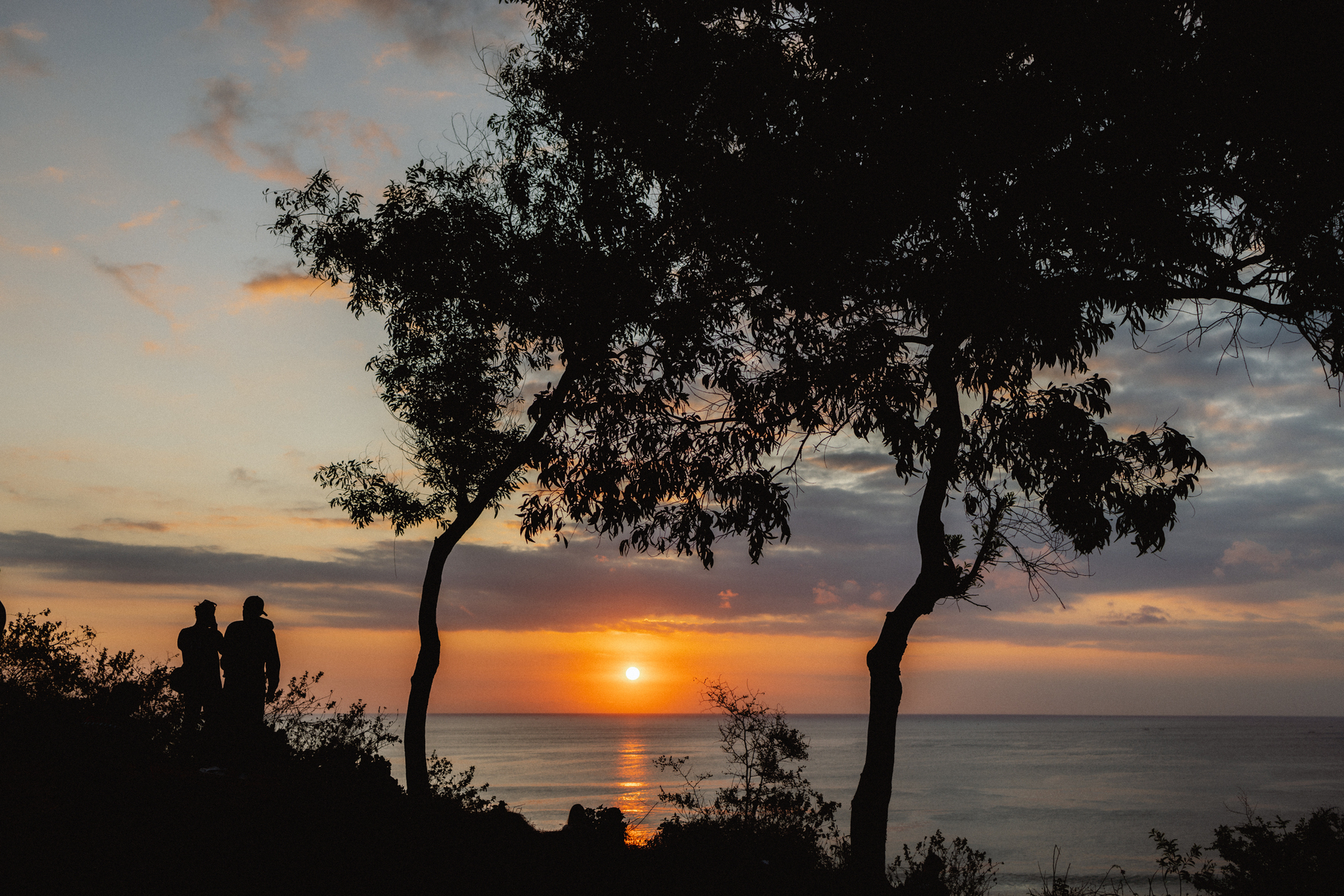
Seated behind me on this A321neo are a bunch of boys who refer to “normal planes” as ones that have a 3-3/4-3 configuration and they’re bemused that we’re flying such a small plane to Bali.
Normalise single-aisle aircraft.
It’s a real creature comfort to be able to listen to my home state Cole’s Supermarket in-store music while in Brisbane
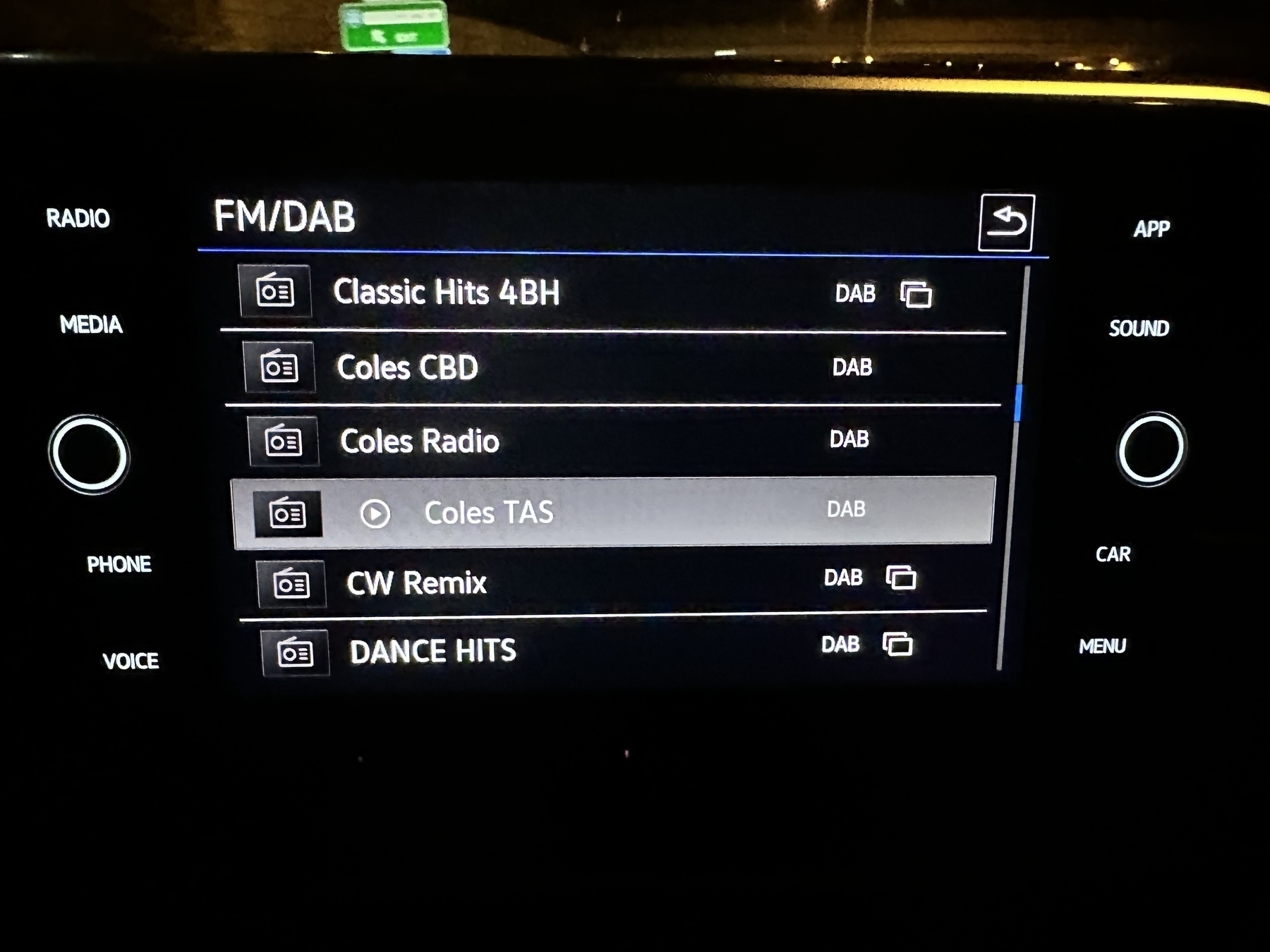
Surfers Paradise street performer in four photos
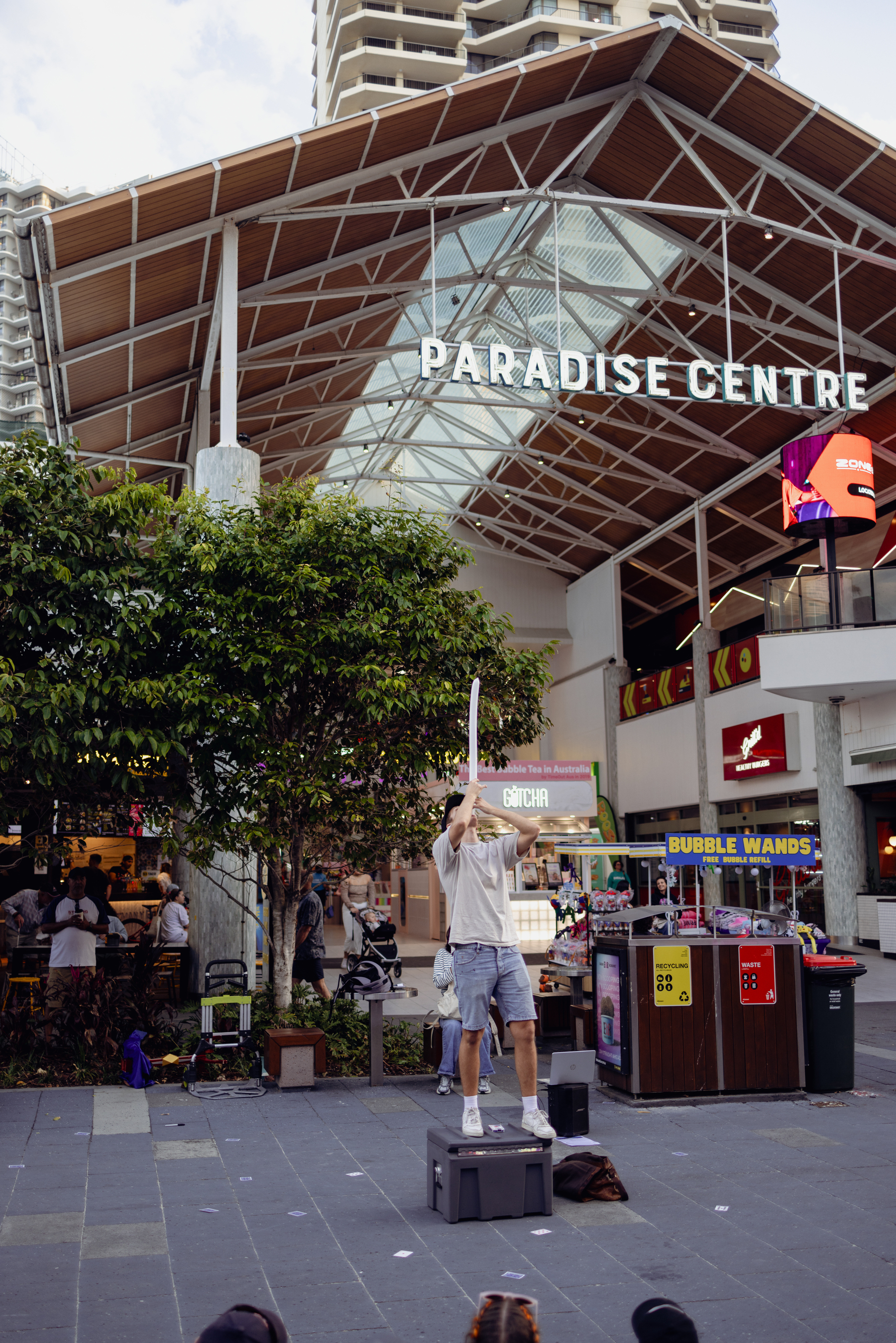
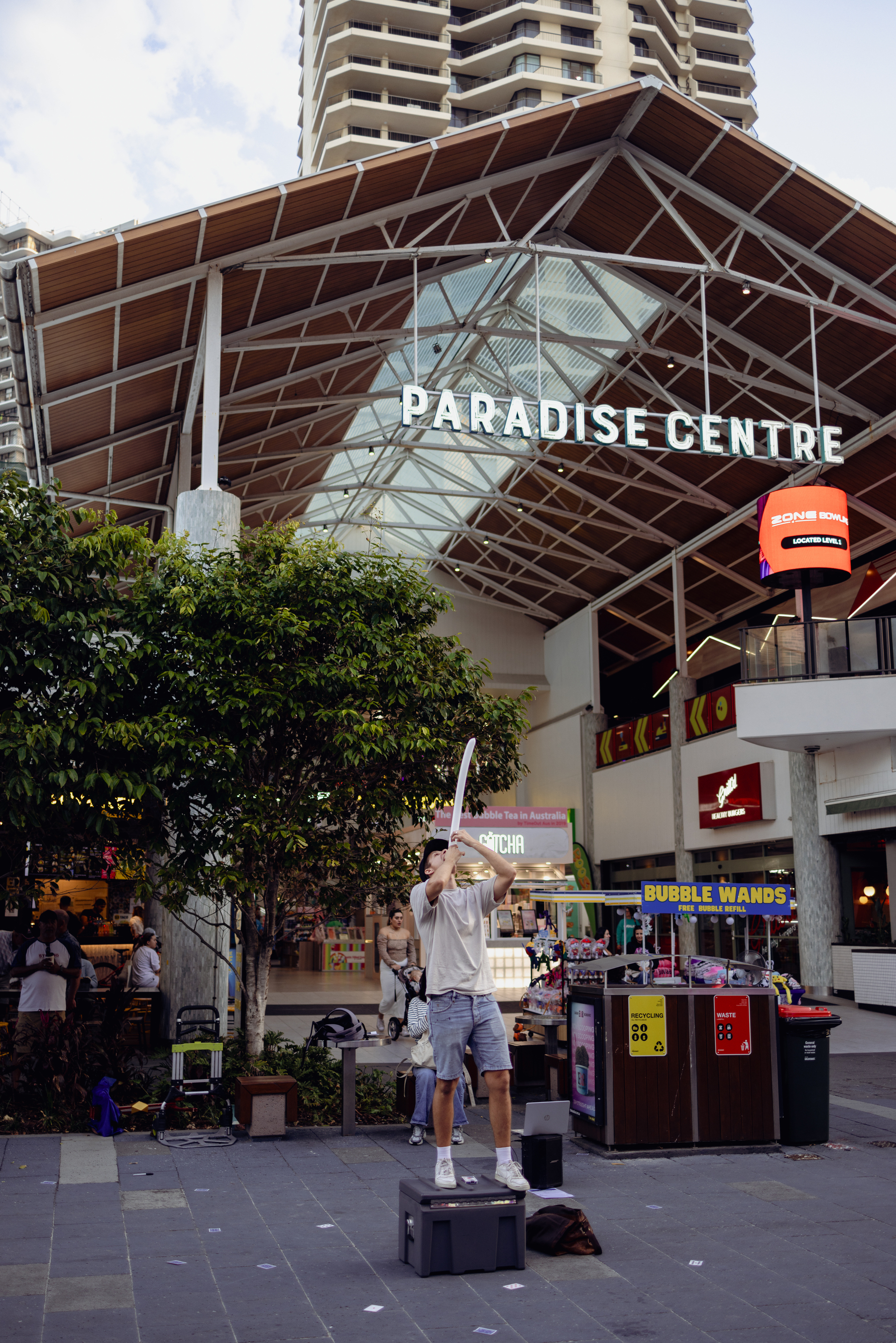
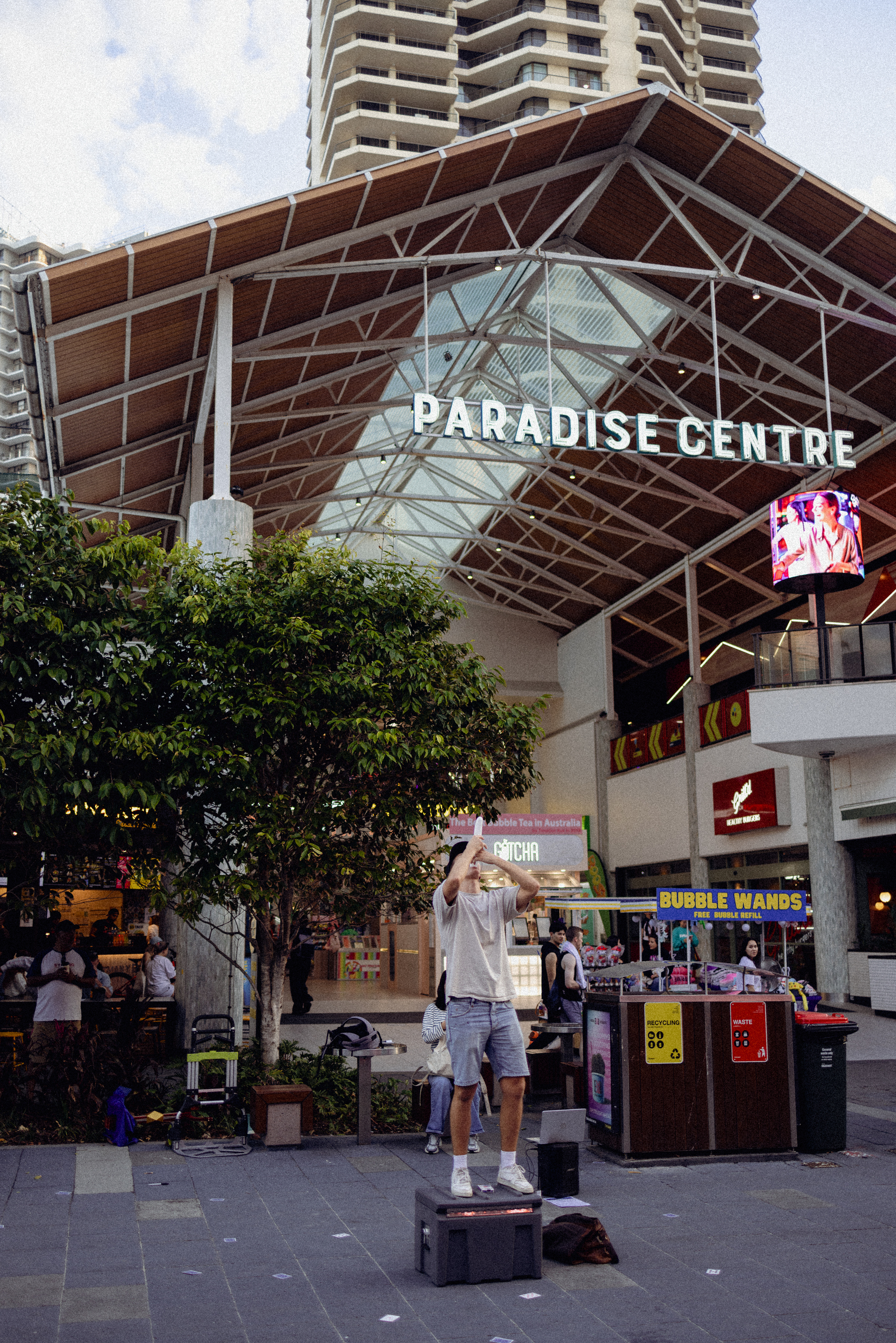
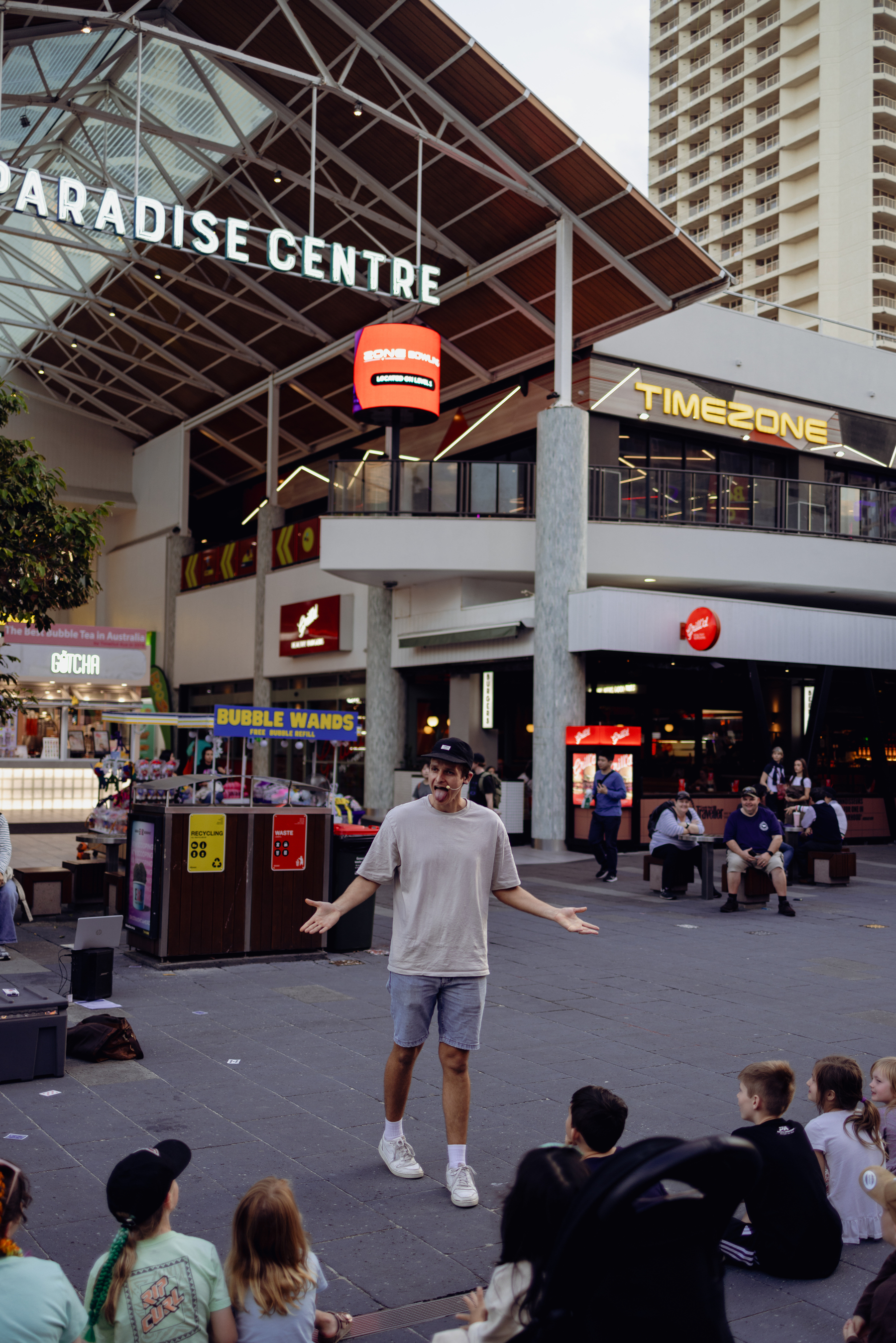
Remember that time the world united around a dude called Matt dancing in front of things around the world? Better times.
They completed technology. No more technology is needed anymore. They’ve done it all now.
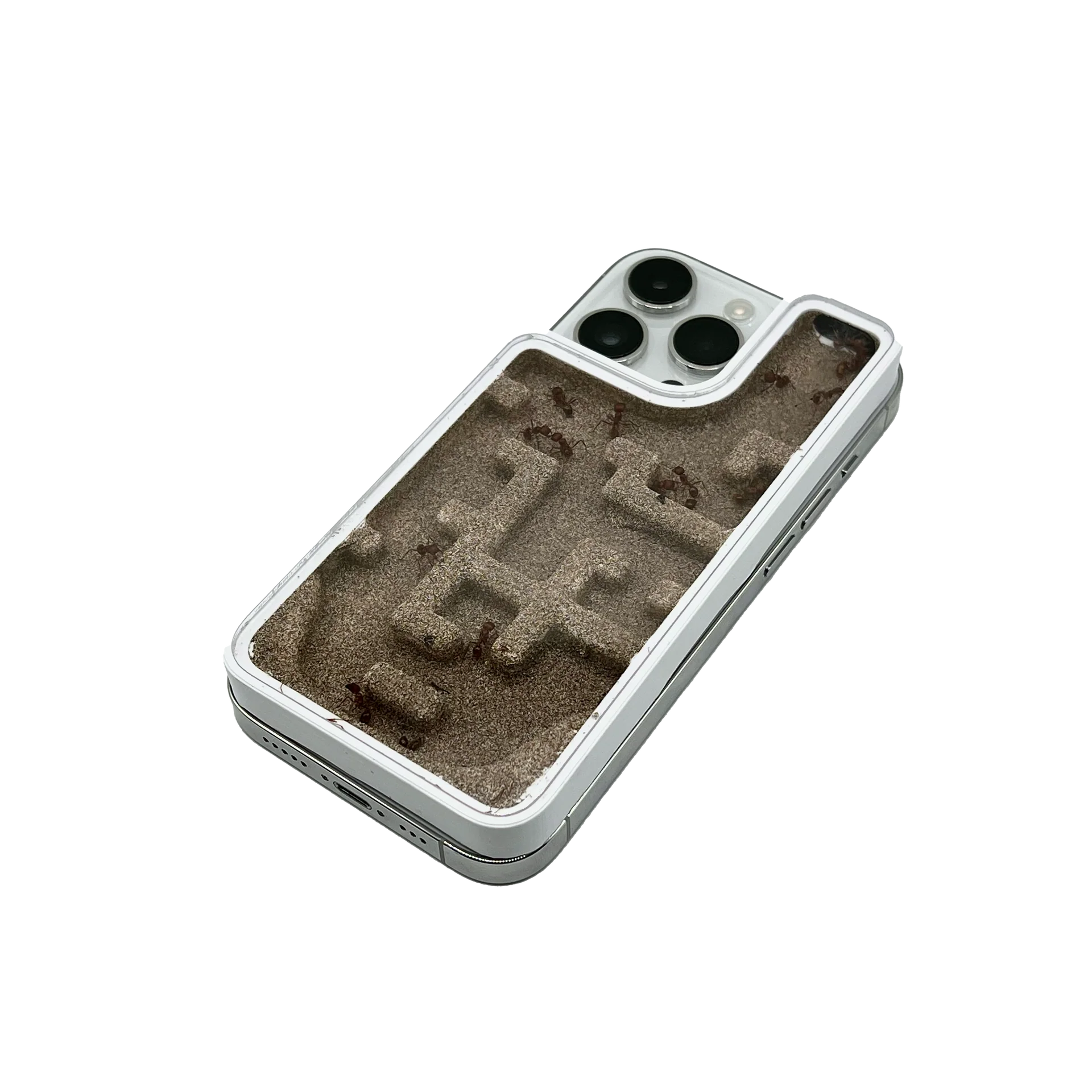
Apparently people don’t know that Flight Control has been reborn as Planes Control, so, ya know, it has been

Imagine being so good at dancing that you got a doctorate in it and then were chosen to represent your country in it at the Olympics, only to realise you’re actually terrible at it thanks to some dude on the internet.
A court case I lost a few years ago over a frustrated contract had the ruling go to a hypothetical “man on the 3pm omnibus to Clapham” which is a common law description of the “common person”.
Being on one as I write this I think the modern version is “person on the 6am Boeing 737 to Brisbane.”